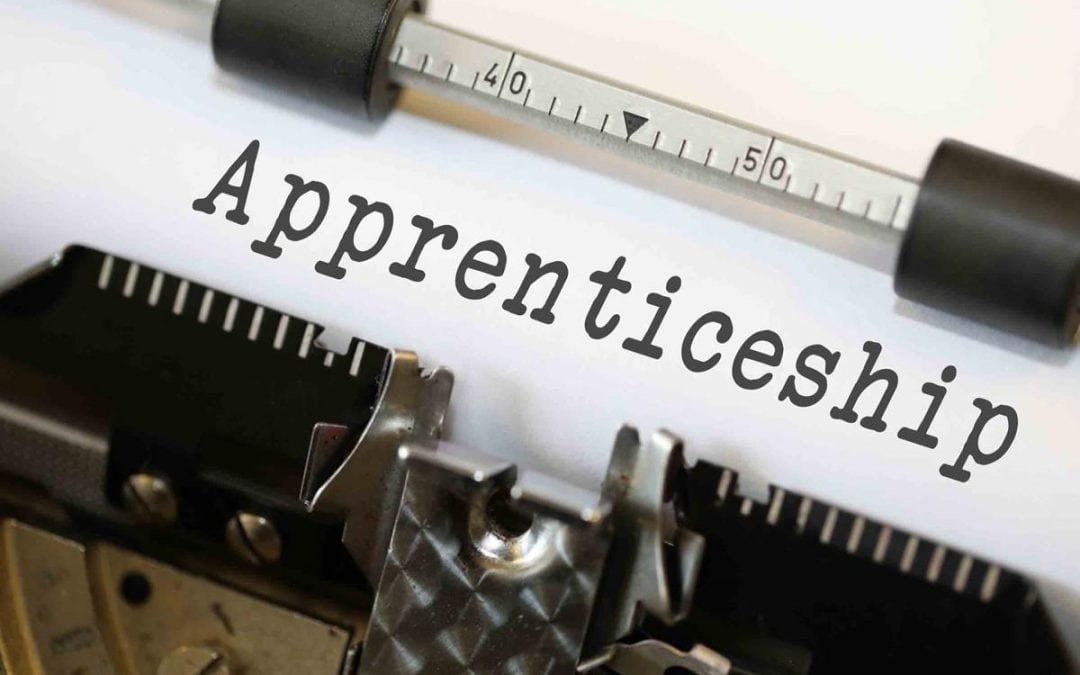One of the few payroll ‘hot topics’ I’ve never written about is Apprenticeship Levy. Mostly because the clients I work with are not going to be subject to it. But I’m sure there are quite a few small businesses that do wonder what it is and whether they are. So, I’ve decided to fill the gap. Here goes…
The Apprenticeship Levy was introduced in April 2017, as a way of funding new apprenticeships. Employers with a pay bill of over £3 million pounds per year are automatically required to pay apprenticeship levy as part of their PAYE liability. Your ‘pay bill’ is calculated by working out the value of all payments made to employees that are subject to Class 1 National Insurance, such as wages, bonuses and commission. This also includes payment to employees earning below the national insurance threshold, employees under the age of 21 and apprentices already employed.
Connected companies or charities that share a PAYE reference for the purpose of Employers Allowance will be considered as connected for Apprenticeship Levy and the pay bill will be made up of all payments across those connected businesses or charities.
The levy is calculated at a rate of 0.5% of the monthly pay bill, and is declared via your RTI submission to HMRC for payroll, and paid as part of the normal monthly payment to HMRC for PAYE deductions.
Each employer that is subject to Apprenticeship Levy receives an Apprenticeship Levy Allowance of £15,000.00 per year, the equivalent of 0.5% of £3M. This is intended to offset the Apprenticeship Levy payment, and can be used to fund recognised and approved apprenticeship training.
Each employer that pays Apprenticeship Levy has to set up an account on the apprenticeship service to enable them to receive the funds to spend on apprenticeships, manage apprentices, and make, stop or pause payments to training providers.
It’s been just over a year since the levy scheme was launched, and opinions are more than divided as to it’s success.
My definition of an apprenticeship is a period of time where a skillset in a specific industry is taught, and the apprentice over time becomes a skilled and experienced craftsperson. But as many apprentices are entering fields that are new in relation to more traditional apprentice-based occupations, I’m not certain that the levy is driving training in the right direction.
An article in the Telegraph in April this year beings with similar views. I goes on to say that the process of administering and using the scheme is too complex, and there is a huge difference between the payments made via the levy, and the money drawn down for funding apprenticeship schemes. It’s even called a disaster and a fiasco by the MD of one large building company.
The article goes on to talk about lack of access to the funding, and the lack of availability of training. All in all, I would say it isn’t a well-received scheme. To illustrate this, Chancellor Philip Hammond announced in his spring statement that £80m would be diverted to support SME’s finding their way through the system.
Fortunately for the small business owner, they are not required to pay the levy or fight their way through the scheme, however if you need help with the Apprenticeship Levy Scheme, more information can be found on the Gov.UK website by following the link below:
Payroll, even without the apprenticeship levy can be difficult to navigate, and Payrollability are here to help and support you from the outset. You can call the office today for a no-obligation chat about anything payroll or auto-enrolment pension related on 01384 92 90 20. We’re happy to help and look forward to hearing from you.





